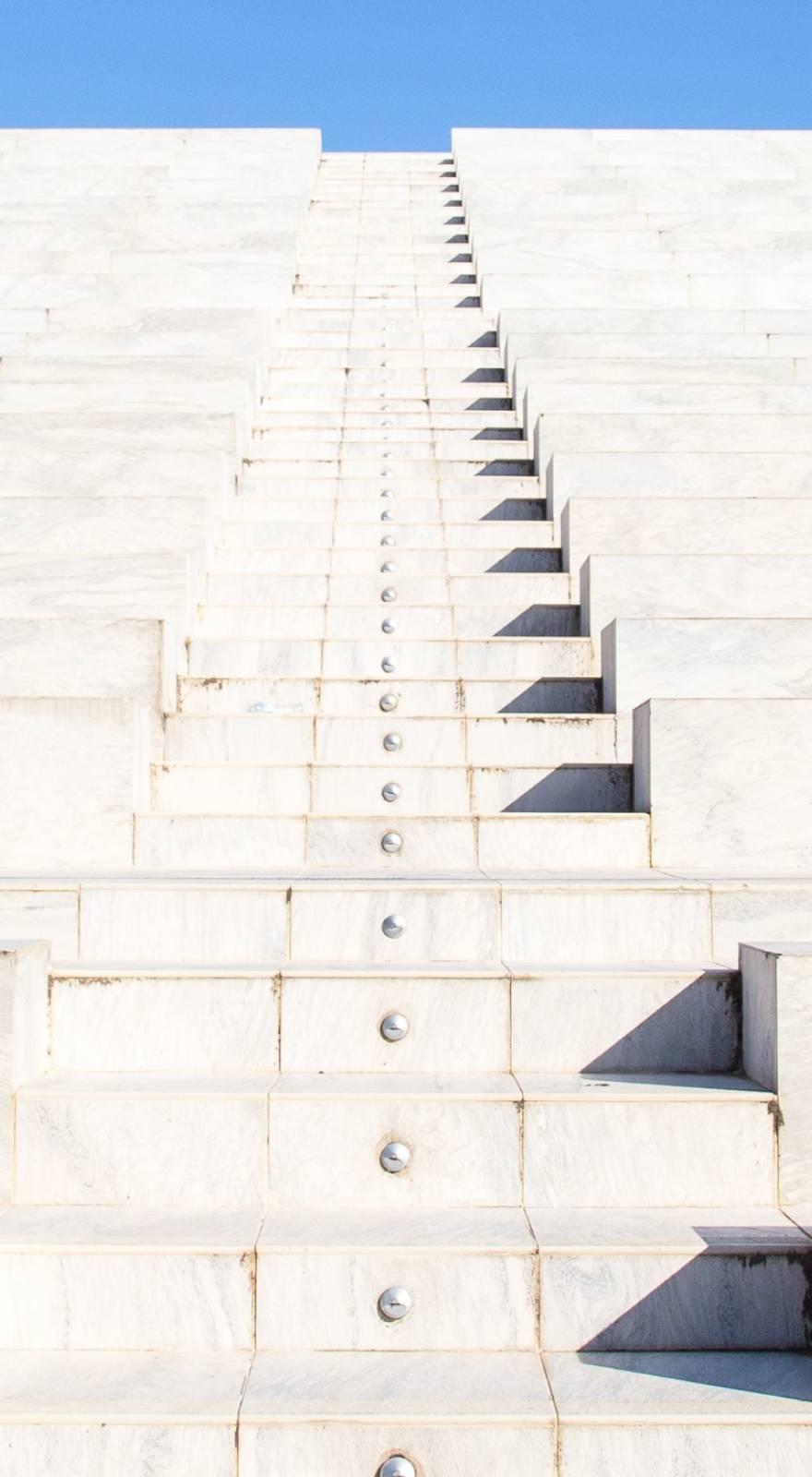Knowde Enhanced TDS
Identification & Functionality
- Chemical Family
- CASE Ingredients Functions
- Technologies
- Product Families
Features & Benefits
- CASE Ingredients Features
Applications & Uses
- Applications
- Compatible Polymers & Resins
- Coating Type
- Applications
FORTCRYL 6110 is mainly used as a binder in the manufacture of latex, textured, grafito and spackle paints. With its innovative emulsifier system, this binder has excellent ability to bind pigments, promoting excellent reactivity in the presence of associative acrylic thickeners in an alkaline medium, such as architectural paint formulations. FORTCRYL 6110 is fully compatible with our associative thickeners, and due to its good reactivity requires relatively low consumption of thickeners in formulations. For latex paint formulations, we recommend using Fortcryl1940 and Fortcryl1960. It is a medium hardness binder, enabling the formulation of coatings that are less sensitive to dirt, with greater binding power for pigments and fillers, and a good resistance to blocking. The higher hardness of the binder generally presupposes, for polymers in aqueous dispersion, a higher film-forming temperature. Consequently, in order to guarantee the application of products formulated on the basis of these dispersions, of polymers with high hardness even at lower temperatures, it is necessary to use film-forming auxiliaries. FORTCRYL 6110 contains filmogenic aids, that is, it contains coalescent. In any case, in each paint or texture formulation using FORTCRYL 6110 as a binder, the most suitable filmogenic aid should be sought, depending not only on the amount of binder in the latex paints, but also on the temperature and relative humidity of the air where the ink will be applied. The amount of film-forming aid used depends on its effectiveness, in the case of pigmented systems, also of pigments and fillers. For latex and textured paints produced with FORTCRYL 6110, the rule of thumb applies that the addition of film-forming aid should be 8% to 10% on resin solids in relation to total revenue. In all formulations, however, it is advisable to check the minimum film-forming temperature (TMFF) of the finished product, in order to ensure their proper performance in application. Its influence on wet abrasion resistance, viscosity, application, splash and leveling must also be considered. For the development of latex paints based on our products, necessary support and suggestion of formulas, adaptation of local raw materials, and application and evaluation process, please consult our technical department. The rule of thumb is that the addition of film-forming aid should be 8% to 10% of resin solids in relation to total revenue. In all formulations, however, it is advisable to check the minimum film-forming temperature (TMFF) of the finished product, in order to ensure their proper performance in application. Its influence on wet abrasion resistance, viscosity, application, splash and leveling must also be considered. For the development of latex paints based on our products, necessary support and suggestion of formulas, adaptation of local raw materials, and application and evaluation process, please consult our technical department. The rule of thumb is that the addition of film-forming aid should be 8% to 10% of resin solids in relation to total revenue. In all formulations, however, it is advisable to check the minimum film-forming temperature (TMFF) of the finished product, in order to ensure their proper performance in application. Its influence on wet abrasion resistance, viscosity, application, splash and leveling must also be considered. For the development of latex paints based on our products, necessary support and suggestion of formulas, adaptation of local raw materials, and application and evaluation process, please consult our technical department. it is advisable to check the minimum film-forming temperature (TMFF) of the finished product, in order to ensure their proper performance in application. Its influence on wet abrasion resistance, viscosity, application, splash and leveling must also be considered. For the development of latex paints based on our products, necessary support and suggestion of formulas, adaptation of local raw materials, and application and evaluation process, please consult our technical department. it is advisable to check the minimum film-forming temperature (TMFF) of the finished product, in order to ensure their proper performance in application. Its influence on wet abrasion resistance, viscosity, application, splash and leveling must also be considered. For the development of latex paints based on our products, necessary support and suggestion of formulas, adaptation of local raw materials, and application and evaluation process, please consult our technical department.
Properties
- Physical Form

